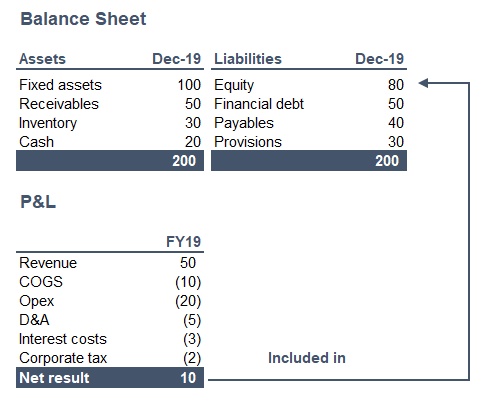When it comes to retirement planning, business owners and high-income individuals are always on the lookout for effective strategies to maximize their savings. One such strategy gaining popularity is the cash balance plan. In this article, we will explore what a cash balance plans is and how it works, providing you with a comprehensive understanding of this unique retirement savings option.
1. Definition of a Cash Balance Plan:
A cash balance plan is a type of employer-sponsored retirement plan that combines elements of both defined benefit and defined contribution plans. It is designed to provide employees with a guaranteed retirement benefit based on a predetermined formula, similar to a traditional pension plan. However, unlike a pension plan, cash balance plans express benefits in the form of an account balance, similar to a 401(k) plan.
2. How a Cash Balance Plan Works:
In a cash balance plan, each participant has an individual account that grows over time through contributions made by the employer. The contributions are determined by a formula established in the plan document, typically based on a percentage of the participant's salary. The account balance also earns interest, usually at a fixed rate or a rate tied to a market index.
3. Employer Contributions:
Employers are responsible for making contributions to the cash balance plan on behalf of their employees. The contributions are typically a percentage of the employee's compensation, which can vary based on factors such as age, years of service, and income. The employer contributions are not directly tied to the employee's salary deferrals, making cash balance plans different from traditional defined contribution plans like 401(k)s.
4. Guaranteed Retirement Benefit:
One of the distinguishing features of a cash balance plan is that participants are promised a specific retirement benefit. The benefit is determined by the plan's formula and the accumulated contributions and interest credited to the participant's account. This guaranteed retirement benefit provides employees with a level of security and predictability, regardless of market performance.
5. Portability and Vesting:
Cash balance plans offer portability and vesting features, providing employees with flexibility and ownership of their retirement benefits. Participants have the ability to take their vested account balance with them if they leave the company before retirement. Vesting determines the degree of ownership the employee has over the employer contributions, typically based on a vesting schedule that rewards longer tenure with the company.
6. Conversion and Distribution Options:
At retirement or termination of employment, participants have several options for accessing their cash balance plan benefits. They can choose to receive a lump sum payment, roll over the funds into an individual retirement account (IRA), or convert the account balance into an annuity that provides regular payments throughout retirement. The flexibility in distribution options allows participants to tailor their retirement income strategy to their individual needs.
7. Tax Advantages:
Cash balance plans offer significant tax advantages for both employers and employees. Employer contributions to the plan are tax-deductible as a business expense, reducing the company's taxable income. Employees also benefit from tax-deferred growth within the plan, meaning they do not pay taxes on the investment earnings until they withdraw the funds during retirement. These tax advantages can lead to substantial savings and accelerated retirement growth.


No comments yet